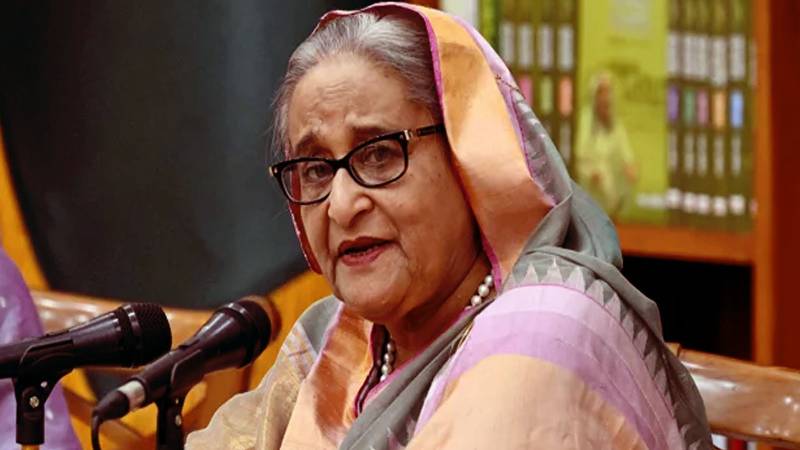
After weeks of brutal crackdown and escalating anti-government protests in Bangladesh, Prime Minister Sheikh Hasina of the Awami League has been ousted and has left Dhaka after resignation, and an interim set-up will be set up meanwhile, the country’s army chief Waker-Uz-Zaman has announced. The protests, which initially erupted over discriminatory job quotas, expanded to nationwide uprising demanding Hasina’s resignation. Hasina had been in power four times since 2009, and her party was accused of misusing the public sector job quota to favour members of Awami League, and insisted on resuming it despite suspension in 2018. Last month, the Supreme Court had again suspended the reserved job system after weeks of unrest, and yet the youth demonstrators combined with opposition parties refused to give in till Hasina resigned.
The former PM’s administration repressed the protests for weeks with an iron-fist resulting in at least 300 deaths including dozens of children, and law enforcement personnel. Hasina had called in the military in Dhaka, imposed a curfew, banned social media and shutdown the internet for days in July. Now that Hasina has been ousted, visuals of citizens lying down in the PM’s former official residence, and trespassing houses of legislators from the Awami League are going viral on social media.
The army, which has historically been seen as a neutral force in Bangladesh, is now involved in discussions with political leaders, including the opposition Bangladesh Nationalist Party (BNP). According to local media reports, Hasina and her sister have moved from her official residence, Ganabhaban, and might have fled the country. The army's role and the establishment of a new government remain to be clarified as the situation continues to develop.
The public are demanding the former PM and her party members be prosecuted for human rights abuses and corruption.
